Baking Soda Cleaning Routine: Unlock the sparkling potential of your home with this simple, yet incredibly effective, DIY cleaning guide! Are you tired of harsh chemicals and expensive cleaning products that promise the world but deliver less-than-stellar results? I know I was! That’s why I’m so excited to share my go-to baking soda cleaning routine – a natural, budget-friendly way to tackle grime and refresh your living space.
Baking soda, or sodium bicarbonate, isn’t just for baking delicious treats. Its cleaning prowess has been recognized for generations. In fact, our grandmothers and great-grandmothers relied on this humble powder for everything from scrubbing sinks to deodorizing refrigerators. It’s a testament to its enduring effectiveness and versatility.
But why should *you* embrace a baking soda cleaning routine today? Well, beyond its historical significance, baking soda is a powerhouse when it comes to removing stains, absorbing odors, and gently scrubbing surfaces without scratching. Plus, it’s non-toxic and safe for your family and pets, making it a much healthier alternative to many commercial cleaners. In this article, I’ll walk you through my favorite baking soda cleaning routine hacks, from tackling stubborn oven grease to brightening dingy grout. Get ready to discover the magic of baking soda and transform your home into a sparkling sanctuary!
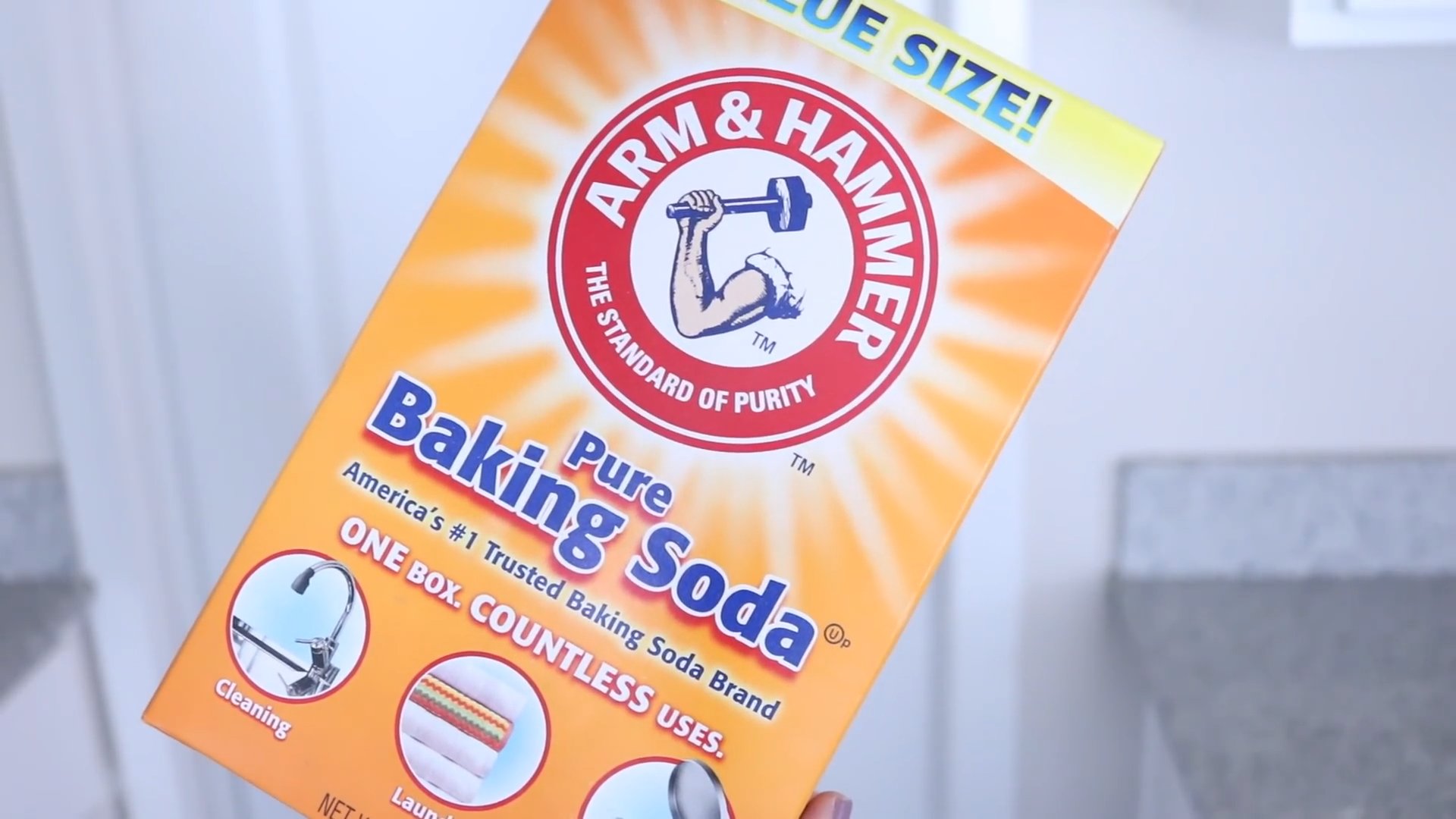
Unlocking the Cleaning Power of Baking Soda: A DIY Guide
Hey there, fellow cleaning enthusiasts! I’m so excited to share my go-to cleaning hack with you – using baking soda! This humble ingredient, often relegated to the back of the pantry, is actually a powerhouse when it comes to tackling all sorts of cleaning challenges around the house. It’s cheap, non-toxic, and incredibly versatile. So, ditch those harsh chemicals and let’s dive into the wonderful world of baking soda cleaning!
Why Baking Soda?
Before we get started, let’s quickly touch on why baking soda is such a fantastic cleaning agent. It’s mildly abrasive, which helps scrub away grime without scratching surfaces. It’s also a natural deodorizer, absorbing odors instead of just masking them. Plus, it’s an alkaline substance, which means it can react with acids to break down grease and dirt. Pretty cool, right?
General Baking Soda Cleaning Tips
Before we jump into specific projects, here are a few general tips to keep in mind:
* Always test in an inconspicuous area first: Even though baking soda is gentle, it’s always a good idea to test it on a small, hidden area of the surface you’re cleaning to make sure it doesn’t cause any discoloration or damage.
* Use warm water: Warm water helps baking soda dissolve and work more effectively.
* Don’t mix with vinegar in a closed container: While baking soda and vinegar create a fun fizzing reaction, mixing them in a closed container can create pressure and potentially cause an explosion. Use them separately for different cleaning tasks.
* Rinse thoroughly: After cleaning with baking soda, always rinse the surface thoroughly with clean water to remove any residue.
* Wear gloves: While baking soda is non-toxic, prolonged exposure can dry out your skin. Wearing gloves will protect your hands.
Cleaning Your Kitchen with Baking Soda
The kitchen is often the dirtiest room in the house, but baking soda can help you tackle even the toughest messes.
Cleaning the Oven
A dirty oven is a common problem, but those chemical oven cleaners can be harsh and smelly. Here’s how to clean your oven with baking soda:
1. Remove oven racks: Take out the oven racks and set them aside. You can clean them separately in the sink (more on that later!).
2. Make a baking soda paste: In a bowl, mix 1/2 cup of baking soda with enough water to form a thick paste.
3. Coat the oven: Spread the paste all over the inside of the oven, avoiding the heating elements. Be generous with the paste, especially on stubborn stains.
4. Let it sit overnight: This is the key! Let the baking soda paste sit overnight (or for at least 12 hours) to work its magic.
5. Scrub and wipe: The next day, use a damp sponge or cloth to scrub away the baking soda paste. You might need to use a bit of elbow grease for tougher spots.
6. Rinse thoroughly: Rinse the oven with clean water to remove any remaining baking soda residue. You can use a spray bottle filled with water for this.
7. Replace oven racks: Once the oven is dry, replace the oven racks.
Cleaning the Microwave
Microwaves can get splattered and messy quickly. Here’s a simple way to clean yours with baking soda:
1. Make a baking soda solution: Mix 2 tablespoons of baking soda with 1 cup of water in a microwave-safe bowl.
2. Microwave the solution: Place the bowl in the microwave and heat it on high for 2-3 minutes. The steam will help loosen the grime.
3. Let it sit: Leave the bowl in the microwave for another 5-10 minutes to allow the steam to continue working.
4. Wipe clean: Carefully remove the bowl (it will be hot!) and wipe down the inside of the microwave with a damp cloth or sponge. The grime should come off easily.
Cleaning the Sink
Baking soda is great for cleaning and deodorizing your kitchen sink.
1. Sprinkle baking soda: Sprinkle a generous amount of baking soda all over the sink.
2. Scrub: Use a damp sponge or cloth to scrub the sink, paying attention to any stains or grime.
3. Rinse: Rinse the sink thoroughly with water.
4. For extra cleaning power: You can add a few drops of dish soap to the baking soda before scrubbing.
Cleaning Oven Racks
Those oven racks can be a pain to clean, but baking soda can help!
1. Fill the tub: Fill your bathtub with hot water and add 1/2 cup of dish soap and 1 cup of baking soda.
2. Soak the racks: Place the oven racks in the tub and let them soak for several hours, or even overnight.
3. Scrub: After soaking, use a scrub brush or sponge to scrub away any remaining grime.
4. Rinse: Rinse the racks thoroughly with water and let them dry completely before putting them back in the oven.
Cleaning Cutting Boards
Cutting boards can harbor bacteria, so it’s important to keep them clean.
1. Sprinkle baking soda: Sprinkle baking soda on the cutting board.
2. Scrub: Scrub the cutting board with a damp sponge or cloth.
3. Rinse: Rinse the cutting board thoroughly with water.
4. For extra cleaning power: You can add a squeeze of lemon juice to the baking soda before scrubbing.
Cleaning Your Bathroom with Baking Soda
The bathroom is another area where baking soda can really shine.
Cleaning the Toilet
Baking soda can help clean and deodorize your toilet.
1. Pour in baking soda: Pour 1 cup of baking soda into the toilet bowl.
2. Let it sit: Let it sit for at least 30 minutes, or even overnight.
3. Scrub: Scrub the toilet bowl with a toilet brush.
4. Flush: Flush the toilet.
5. For extra cleaning power: You can add 1/2 cup of vinegar to the toilet bowl after the baking soda has sat for a while. This will create a fizzing reaction that can help break down stains.
Cleaning the Shower and Tub
Baking soda can help remove soap scum and mildew from your shower and tub.
1. Make a baking soda paste: Mix 1/2 cup of baking soda with enough water to form a thick paste.
2. Apply the paste: Apply the paste to the shower and tub surfaces, focusing on areas with soap scum or mildew.
3. Let it sit: Let it sit for 15-20 minutes.
4. Scrub: Scrub the surfaces with a sponge or brush.
5. Rinse: Rinse thoroughly with water.
Cleaning Grout
Grout can be a breeding ground for mold and mildew. Here’s how to clean it with baking soda:
1. Make a baking soda paste: Mix 1/2 cup of baking soda with enough water to form a thick paste.
2. Apply the paste: Apply the paste to the grout lines.
3. Let it sit: Let it sit for 15-20 minutes.
4. Scrub: Scrub the grout lines with a grout brush or old toothbrush.
5. Rinse: Rinse thoroughly with water.
Other Uses for Baking Soda
Baking soda isn’t just for the kitchen and bathroom! Here are a few other ways you can use it around the house:
* Deodorizing carpets: Sprinkle baking soda on your carpets, let it sit for 15-30 minutes, and then vacuum it up.
* Freshening up your fridge: Place an open box of baking soda in your fridge to absorb odors.
* Cleaning drains: Pour 1/2 cup of baking soda down the drain, followed by 1/2 cup of vinegar. Let it fizz for 30 minutes, then flush with hot water.
* Removing stains from clothing: Make a paste of baking soda and water and apply it to the stain. Let it sit for 30 minutes, then wash as usual.
* Polishing silver: Make a paste of baking soda and water and rub it on your silver. Rinse and dry.
* Cleaning your car: Use a baking soda solution to clean your car’s interior and exterior.
A Few Extra Tips and Tricks
* For tough stains, try adding a little hydrogen peroxide to your baking soda paste. This can help boost its cleaning power.
* If you’re cleaning a large area, you can use a spray bottle filled with a baking soda solution. This will
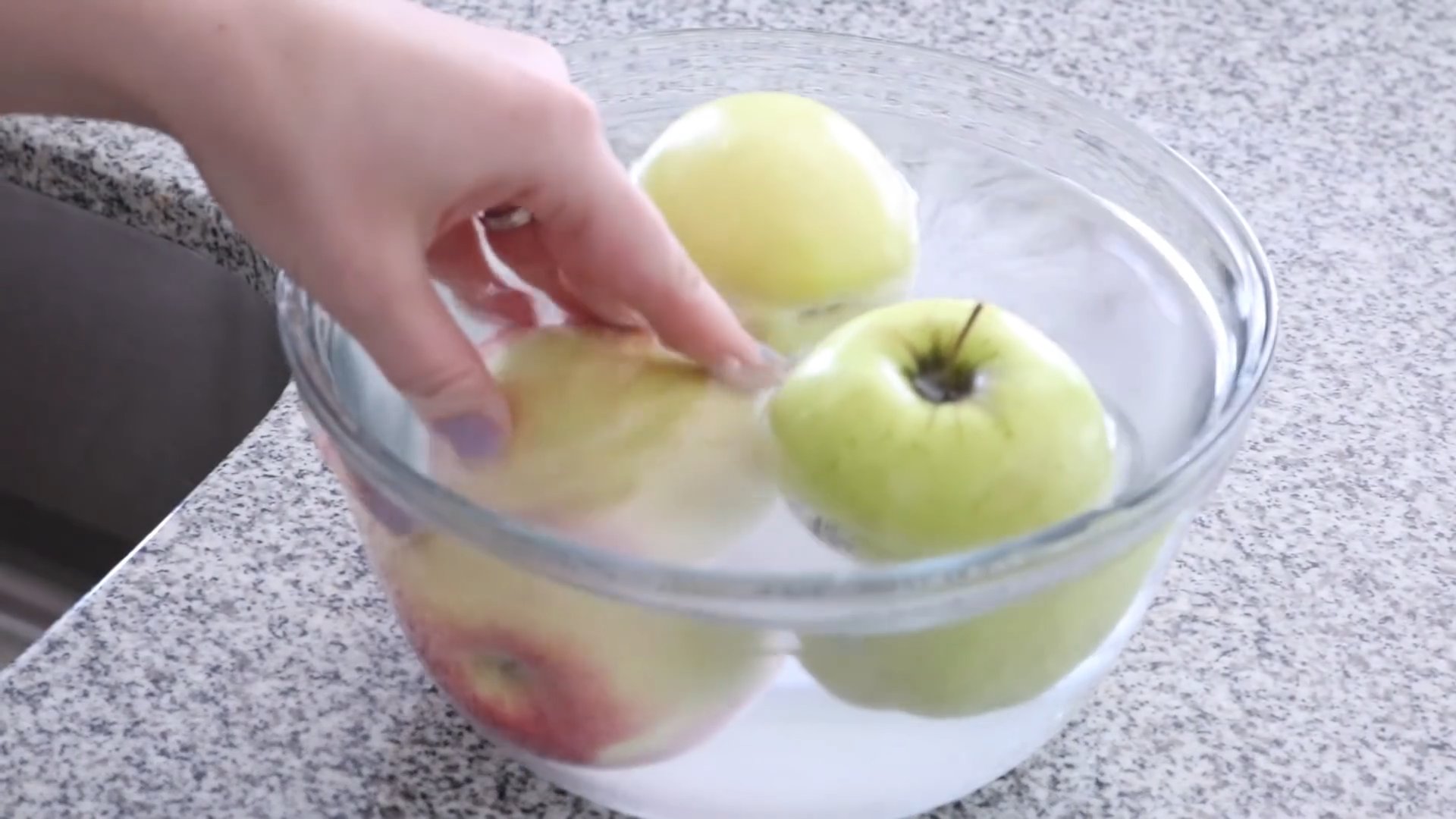
Conclusion
So, there you have it! Transforming your cleaning routine with the humble power of baking soda is not just a trend; it’s a game-changer. We’ve explored how this readily available, inexpensive, and eco-friendly ingredient can tackle a multitude of cleaning challenges throughout your home. From deodorizing carpets and refreshing your refrigerator to scrubbing stubborn stains and brightening your laundry, baking soda proves its versatility time and time again.
But why is this DIY trick a must-try? Simply put, it’s effective, safe, and sustainable. Unlike harsh chemical cleaners that can irritate your skin, pollute the air, and damage surfaces, baking soda offers a gentle yet powerful alternative. It’s a natural deodorizer, a mild abrasive, and a pH regulator, making it ideal for a wide range of cleaning tasks. Plus, by opting for baking soda, you’re reducing your reliance on single-use plastic bottles and contributing to a healthier planet.
Beyond the basics, there are countless ways to customize your **baking soda cleaning routine**. Consider adding a few drops of your favorite essential oil, like lemon or lavender, for a refreshing scent. For tougher stains, create a paste with baking soda and vinegar, allowing it to sit for a few minutes before scrubbing. You can even combine baking soda with other natural ingredients like borax or washing soda for an extra boost of cleaning power.
The possibilities are truly endless!
We encourage you to embrace the simplicity and effectiveness of baking soda and incorporate it into your regular cleaning schedule. Start with one or two of the methods we’ve discussed and gradually expand your repertoire as you become more comfortable. You’ll be amazed at the difference it makes in the cleanliness and freshness of your home.
Don’t just take our word for it – try it yourself! We’re confident that you’ll be impressed with the results. And most importantly, we want to hear about your experiences. Share your favorite baking soda cleaning tips and tricks in the comments below. Let us know what worked best for you, what challenges you encountered, and any creative variations you discovered. Together, we can build a community of baking soda enthusiasts and unlock even more of its cleaning potential. Let’s ditch the harsh chemicals and embrace the natural power of baking soda for a cleaner, healthier, and more sustainable home!
Frequently Asked Questions (FAQs)
What exactly *is* baking soda, and why is it such a good cleaner?
Baking soda, also known as sodium bicarbonate (NaHCO3), is a naturally occurring mineral compound. Its chemical properties make it an excellent cleaner for several reasons. First, it’s a mild alkali, meaning it can react with acids to neutralize odors and break down grease and grime. Second, it’s a gentle abrasive, allowing you to scrub away stains and dirt without scratching surfaces. Third, it’s a natural deodorizer, absorbing and neutralizing unpleasant smells rather than just masking them. Finally, it’s non-toxic and environmentally friendly, making it a safe and sustainable cleaning option.
Is baking soda safe to use on all surfaces?
While baking soda is generally safe for most surfaces, it’s always a good idea to test it in an inconspicuous area first, especially on delicate or sensitive materials. Avoid using baking soda on polished or varnished wood, as it can dull the finish. Similarly, be cautious when using it on gold-plated items, as it can scratch the surface. For marble or granite countertops, use baking soda sparingly and rinse thoroughly, as prolonged exposure can potentially etch the stone. When in doubt, consult the manufacturer’s instructions for your specific surface.
Can I mix baking soda with other cleaning products?
While baking soda is a powerful cleaner on its own, it can be combined with other natural ingredients like vinegar, lemon juice, or essential oils to enhance its effectiveness. However, it’s crucial to exercise caution when mixing baking soda with other cleaning products, especially those containing bleach or ammonia. Mixing baking soda with bleach can create toxic chlorine gas, which is extremely dangerous. Similarly, mixing baking soda with ammonia can produce harmful fumes. Always err on the side of caution and avoid mixing baking soda with any cleaning product unless you’re absolutely sure it’s safe to do so.
How do I store baking soda properly?
To maintain its effectiveness, baking soda should be stored in an airtight container in a cool, dry place. Moisture can cause baking soda to clump and lose its cleaning power. Avoid storing baking soda near strong-smelling substances, as it can absorb odors. Properly stored baking soda can last for several years. To test its freshness, pour a small amount of vinegar over a spoonful of baking soda. If it fizzes vigorously, it’s still good to use. If it doesn’t fizz, it’s time to replace it.
What’s the difference between baking soda and baking powder? Can I use them interchangeably for cleaning?
Baking soda and baking powder are both leavening agents used in baking, but they are not the same thing and should not be used interchangeably for cleaning. Baking soda is pure sodium bicarbonate, while baking powder contains baking soda plus an acidifying agent, such as cream of tartar, and a drying agent. Baking soda relies on an acidic ingredient to activate its leavening properties, while baking powder is self-activating when mixed with liquid. For cleaning purposes, baking soda is the preferred choice due to its mild abrasive and deodorizing properties. Baking powder is not as effective for cleaning and may leave a residue.
How can I use baking soda to get rid of stubborn stains on my clothes?
Baking soda is a fantastic stain remover for clothes. For general stain removal, create a paste of baking soda and water and apply it directly to the stain. Let it sit for 15-20 minutes, then gently scrub the area and launder as usual. For tougher stains, such as grease or oil, sprinkle baking soda directly onto the stain and let it absorb the oil for several hours or overnight. Then, vacuum up the baking soda and launder the garment. You can also add a cup of baking soda to your washing machine along with your regular detergent to boost its cleaning power and brighten your clothes.
My drain is clogged. Can baking soda help?
Yes, baking soda can be an effective natural drain cleaner. Pour about a cup of baking soda down the drain, followed by a cup of vinegar. Let the mixture fizz for 30 minutes, then flush the drain with hot water. The baking soda and vinegar react to create carbon dioxide, which helps to loosen clogs and break down grease and grime. For stubborn clogs, you may need to repeat the process several times. As a preventative measure, you can pour a mixture of baking soda and hot water down your drains once a week to keep them clear.
Is baking soda safe for pets and children?
Baking soda is generally considered safe for pets and children when used as directed. It’s non-toxic and doesn’t contain harsh chemicals that can be harmful if ingested or inhaled. However, it’s always a good idea to keep baking soda out of reach of young children and pets to prevent accidental ingestion. While small amounts of baking soda are unlikely to cause serious harm, large quantities can lead to digestive upset. If you’re concerned about your pet or child ingesting baking soda, consult with your veterinarian or pediatrician.
How often should I incorporate baking soda into my cleaning routine?
The frequency with which you incorporate baking soda into your cleaning routine depends on your individual needs and preferences. For some tasks, such as deodorizing your refrigerator or cleaning your sink, you may want to use baking soda on a weekly basis. For other tasks, such as stain removal or drain cleaning, you may only need to use it occasionally. Experiment with different methods and frequencies to find what works best for you and your home. The beauty of baking soda is its versatility and adaptability, allowing you to customize your **baking soda cleaning routine** to suit your specific needs.

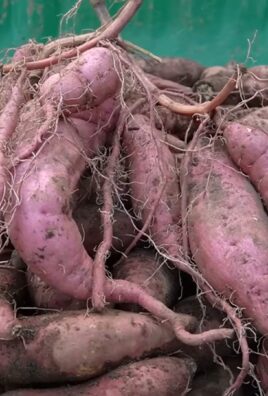
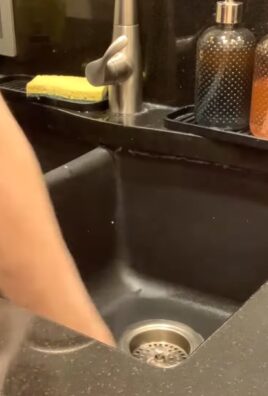
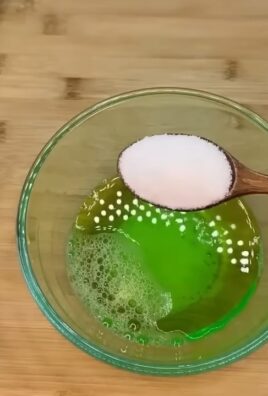
Leave a Comment